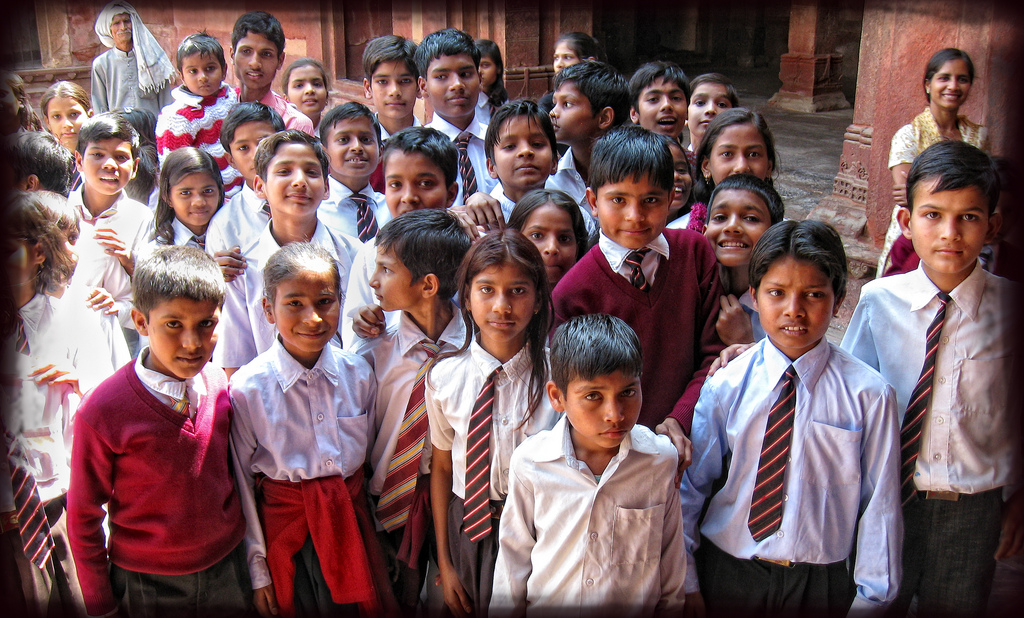
The central and state governments in India have considerably increased spending on primary education over the past decade, however effectiveness of these increase government spending needs to be examined further. In this paper, Muralidharan, et al (2016) contribute towards understanding the impact of these substantial nationwide investments in primary education in India by focusing on one striking measure of public sector inefficiency – teacher absences – with panel data collected 7 years apart in rural India at a time of sharp increases in education spending.
Findings from this study suggest that there has been a substantial improvement in several measures of school quality including infrastructure, student-teacher ratios, and monitoring. However, teacher absence rates continue to be high, with 23.6 percent of teachers in public schools across rural India being absent during unannounced visits to schools. Using village-level panel data, this research finds two robust correlations in the panel data that provide external validity in nationally-representative data to results established in smaller scale experiments. First, reductions in student-teacher ratios are strongly correlated with increased teacher absence, suggesting that increased spending on hiring additional teachers was accompanied by increased inefficiency, which may limit the extent to which additional spending may improve outcomes. Second, increases in the frequency of inspections are strongly correlated with lower teacher absence, suggesting that of all the investments in improving school quality, the one that was most effective in reducing teacher absence was improved administrative monitoring of schools and teachers.
The study estimates that the fiscal cost of teacher absence is over $1.5 billion per year, and estimate that investing in improved governance by increasing the frequency of monitoring would be over ten times more cost effective at increasing student-teacher contact time than doing so by hiring additional teachers.
Read the full paper here.



